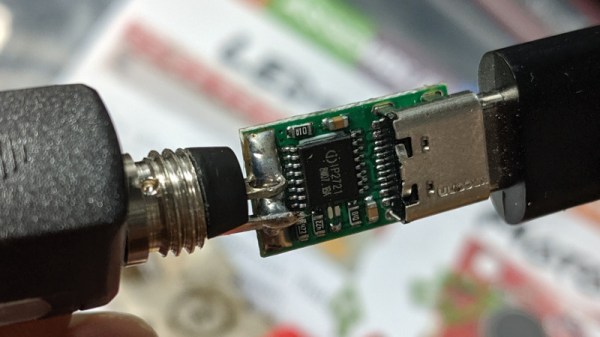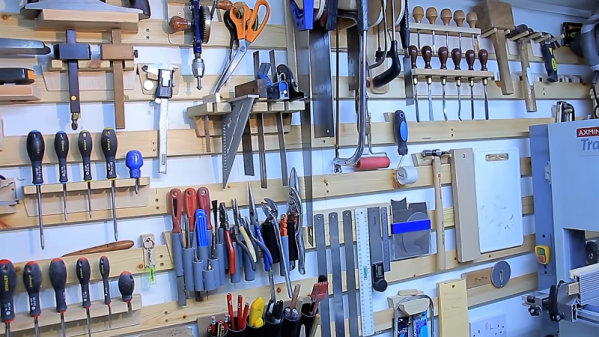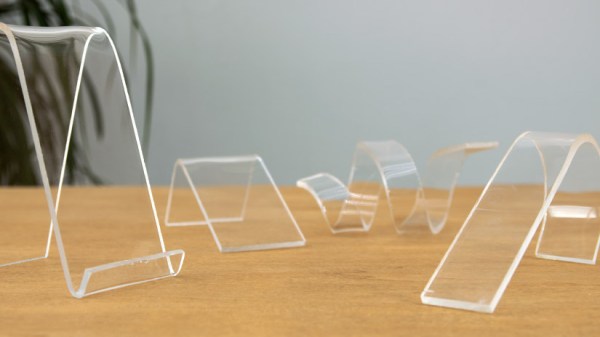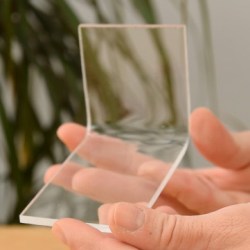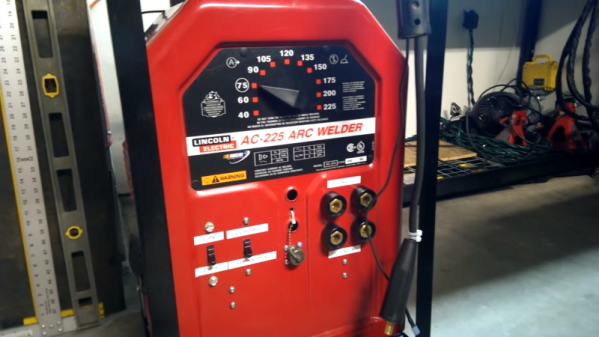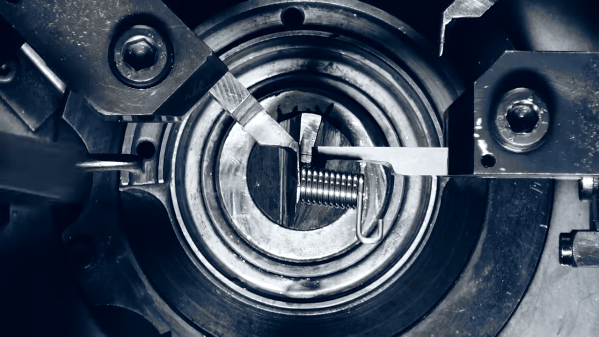Many readers will be familiar with the Miniware TS100 soldering iron, a lightweight temperature-controlled iron that is giving significantly more expensive soldering tools a run for their money. There is another model in the range, the TS80, which though it uses different tips than its sibling has the main distinguishing feature of USB-C power rather than a DC barrel jack. A cadre of users still prefer the TS100 for this reason, as an iron that can run from almost any low voltage DC power source. Any except USB-C, that is, an omission that [thinkl33t] has rectified with a USB-C adapter for the older model.
To achieve this, he’s used a readily-available ZYPDS USB-to-DC module and attached it to a barrel jack. For now, it’s simply held on by solder with a bit of heat-shrink over the top. [Thinkl33t] observes that this may not prove to be strong enough and he’ll eventually have to put it on a bit of cable. It’s a simple enough hack, but it serves as a quick introduction to these parts which perform the necessary USB-C magic to deliver a DC supply, as well as to highlight the relative scarcity of higher-power USB supplies.
At the moment there’s an inevitable move to USB-C All The Things, but it’s a trend that it seems many manufacturers of power sources have yet to catch up with. When a typical TS-80 owner finds their shiny new USB-C battery bank is, in reality, an older 5V USB bank with a USB-C connector fitted, it’s no wonder that their friends prefer the TS100. We hope that coming years will see a greater range of USB-C power options, but until then we like the versatility of the barrel jack on the TS100. Especially now that it can so readily be made to take USB-C power.
We reviewed the TS100 back in 2017, and two years of using it since then have not changed our opinion of it.
Thanks to the several tipsters including [thinkl33t] himself who sent us this.

